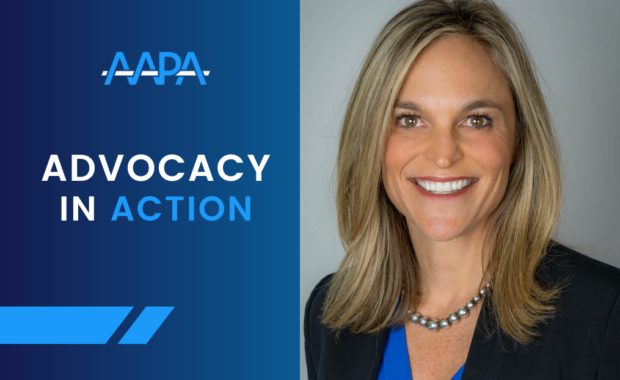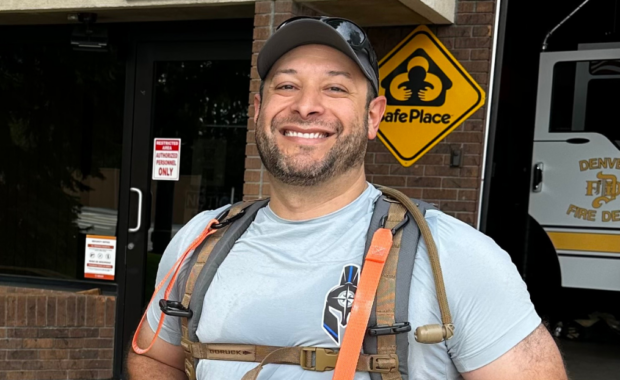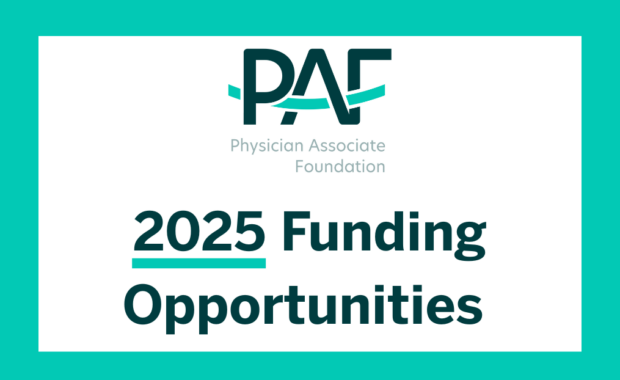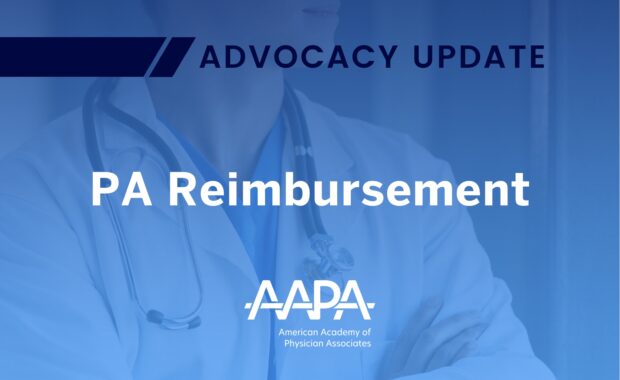How One Health System Trained APPs for COVID-19 in Just 14 Days
Teams Trained in Hospital Medicine to Support COVID-19 Surge
September 18, 2020
By Eileen Denne, CAE, APR
In March, as COVID-19 was beginning to surge in the northeastern U.S., non-profit healthcare organization Intermountain Healthcare in Utah realized that it needed to be better prepared for patient volume surges as well. That required quick thinking, planning, and preparation from the entire healthcare team, including the PAs and NPs who make up the Advanced Practice Providers (APPs) workforce there. The resulting redeployment saw APPs aligned with a new purpose, helping many feel energized, valued, and needed in a very short amount of time.
REGISTER:
NAVIGATING CLINICAL & OPERATIONAL CHALLENGES OF A GLOBAL HEALTH CRISIS
WEBINAR
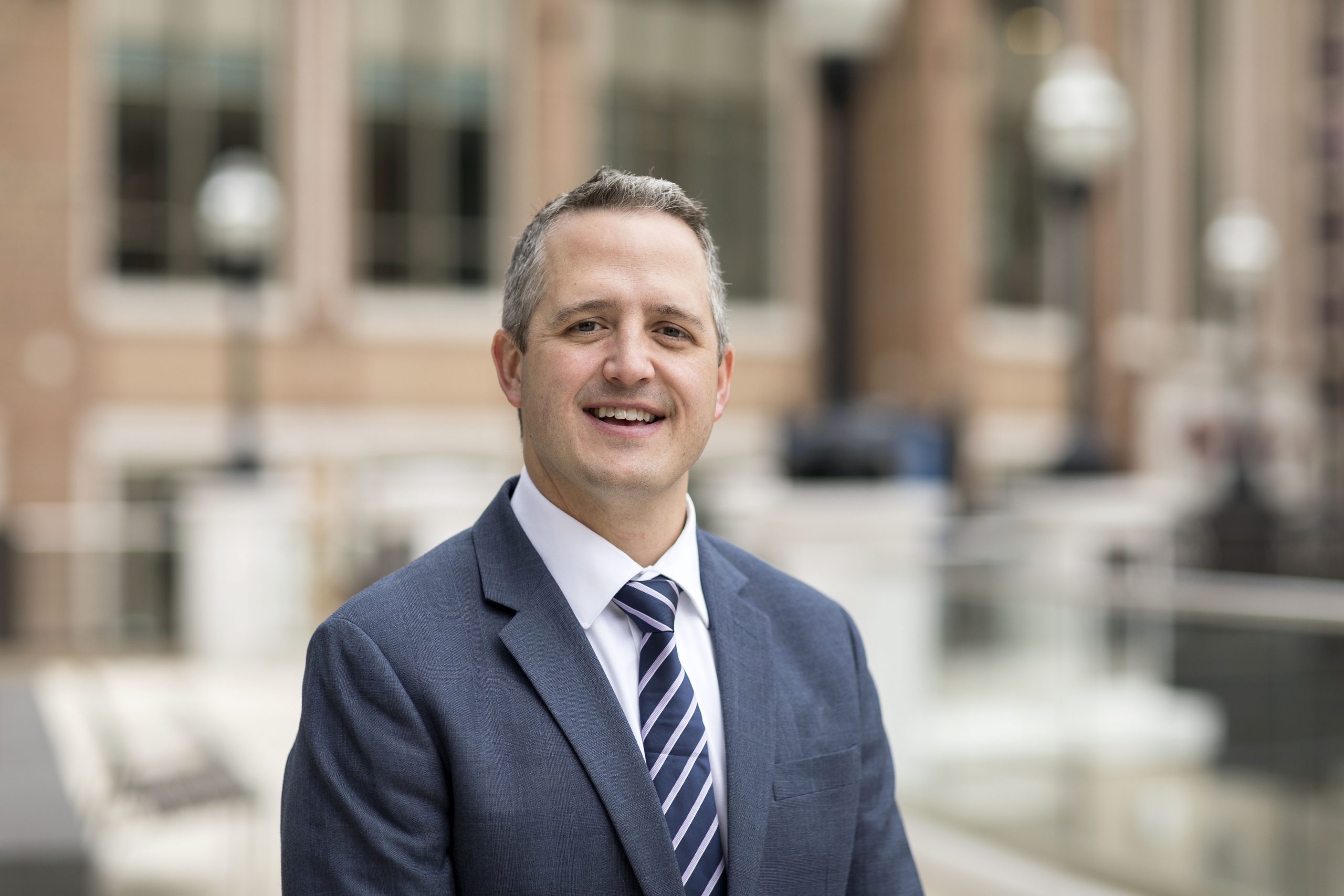
Leadership structure facilitated redeployment
Collaboration would have been difficult if not for a reorganized leadership structure. Intermountain Healthcare, just named a 2020-2021 AAPA Employer of Excellence, had been working on its leadership structure and set out to leverage PAs and NPs at a higher level. Two years ago, the organization hired Chris Hyer, PA-C, MPAS, as APP executive director to design a systemwide APP leadership structure of 38 specialty-specific APP director roles. The design was built on a foundation of patient centeredness based on leadership principles of teamwork, engagement, and agility. Every APP in the organization now reports to an APP Director in their specialty.
Just 11 months ago, Hyer says, the leaders were newly reorganized by operational lanes, with physician and APP leader as dyad partners. “Then COVID happened,” Hyer says, “And 38 brand new leaders now connected through their specialties had the opportunity to engage. We just came together at the right time to manage the crisis.”
According to Hyer, “There was a foundation for support and an opportunity for engagement that we all desperately needed during this time. I was brought into conversations about, ‘How do we manage this?’”
Quick planning for Just-in-Time training
A unique role within the leadership structure is the APP director for professional development and education, filled by Mary Harris, MSN, FNP-BC, nurse practitioner. Harris helps to develop and implement specialty-based APP orientation. In the spring, she worked to plan the APP redeployment.
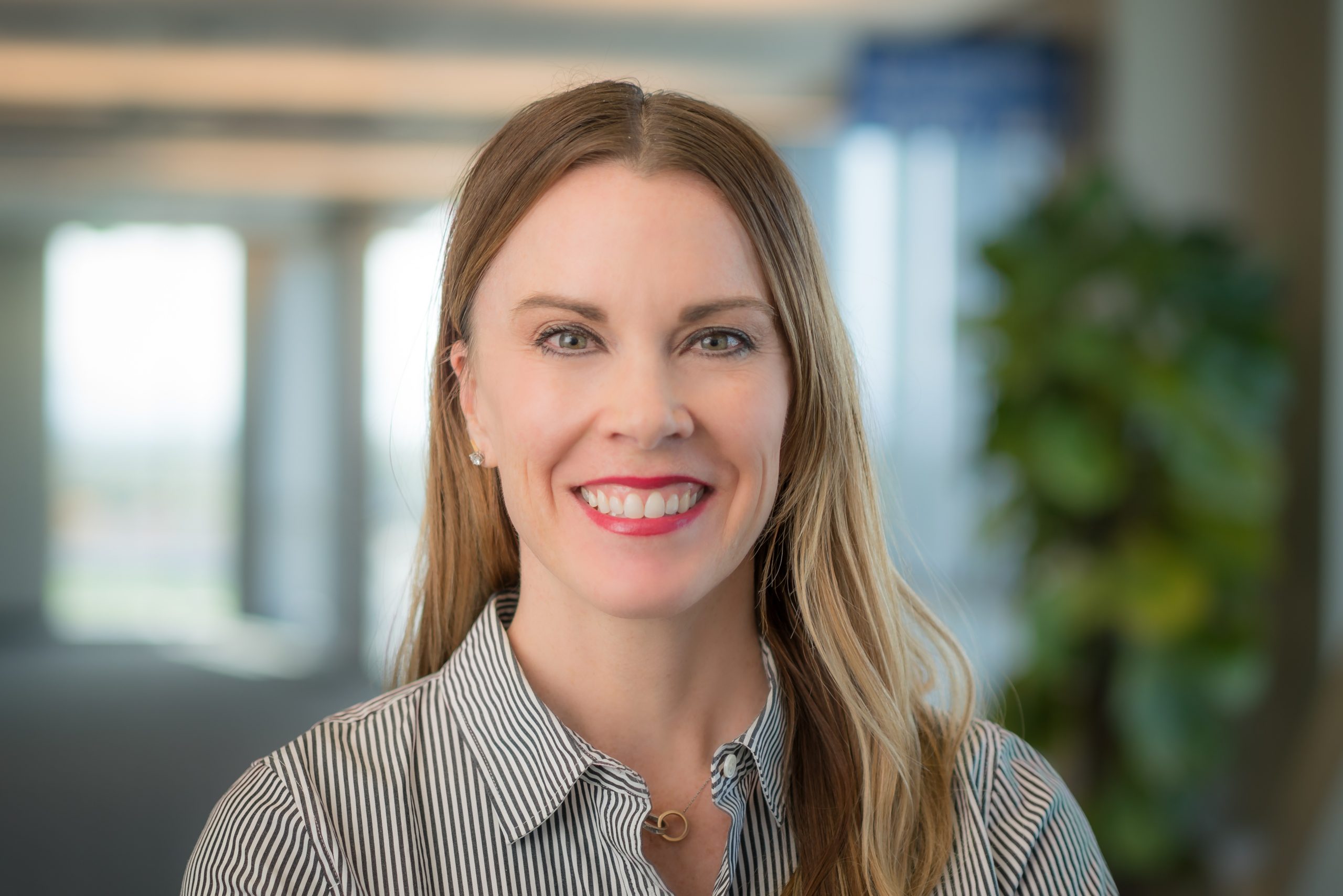
“A provider redeployment team which Chris is on asked for two modules of Just-in-Time training (JITT),” says Harris. “One was for the group that would likely be outpatient and/or minimal exposure to inpatient hospital medicine. And the main module we built was for hospitalists going into critical care areas. We were able to convene the training in 10 to 14 days. There were two live online modules, with articles, videos, and slide decks. We used free CME modules from national organizations like the Society of Critical Care Medicine and leveraged internal education like care process models.
“We partnered with our simulation teams and developed several appointments as an option, not a requirement, for those who wanted exposure to chest Xray review, EKG review, central access/central line kit, intubation and airway, and ventilators. This was not meant to make the person competent or sign them off or change their privileging at all, it was, ‘Hey, if you’re in the room and they’re intubating somebody, this is how you can be helpful, or these are the elements that you may encounter.’”
Harris says the follow-up survey data about those simulation experiences was probably one of the most rewarding parts of the JITT.
“You may have a family practice PA who says, ‘I am now going to be in the hospital; I have anxiety around what that looks like.’ It was gratifying to tell them and show them, ‘No, you’re not going to be in charge of the ventilator but this is what it looks like and this is what the power plan in our EMR looks like.’ And to say, ‘This is how you can be helpful and use this as opportunity for your own growth and learning.’ It was rewarding to see people going through the process, get past anxiety and into opportunity.”
Many APPs have expressed a desire to have ongoing opportunities for training like that offered during the JIT training.
[Receive unparalleled career services and support – join or renew your membership today]
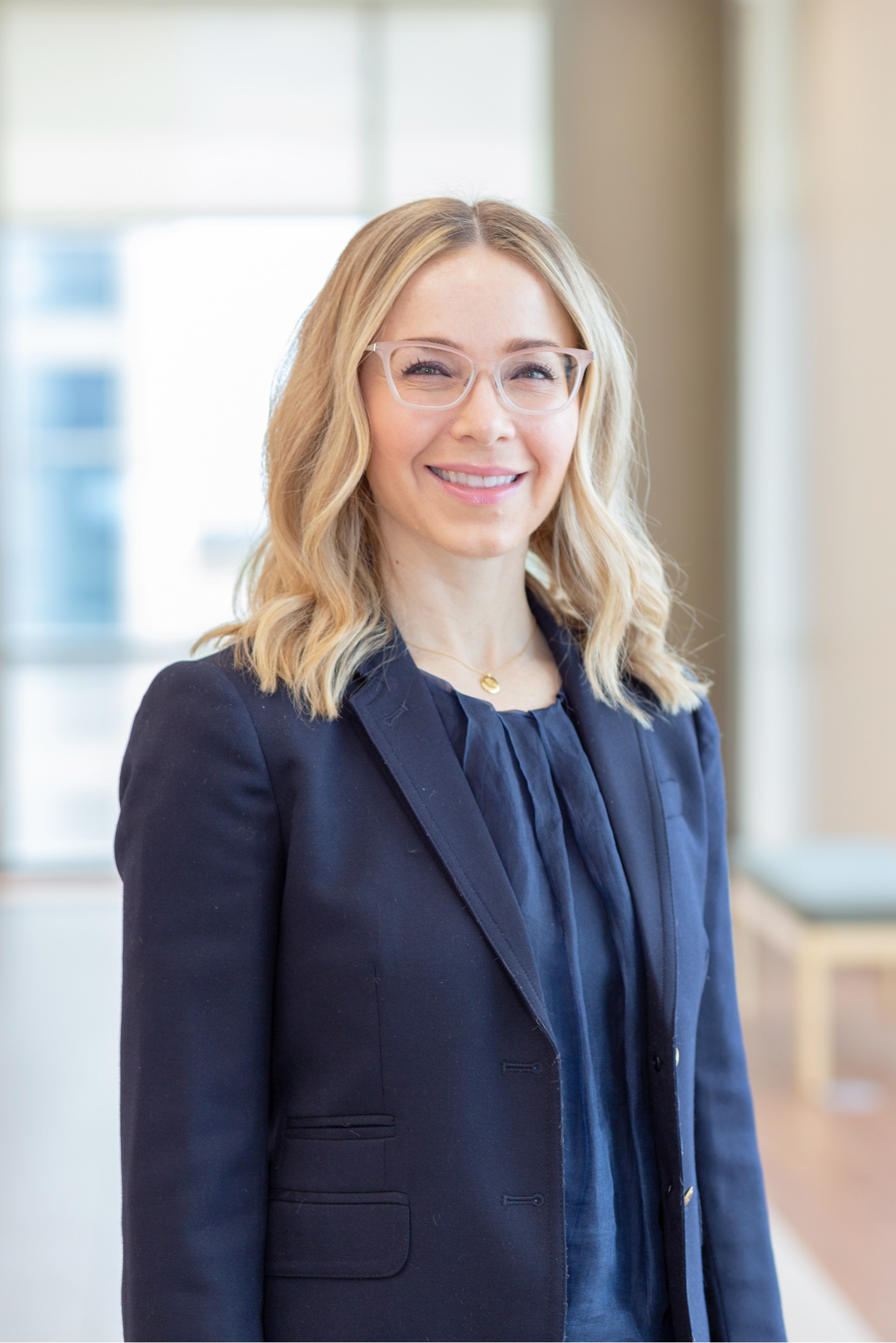
People loved connecting with colleagues
Hyer adds, “During the JITT training, people loved connecting with other providers and colleagues across the organization. They spent a month on a new team, got to know the staff on that team, and made new friends. That was a really nice outcome.”
Sheralee Petersen, MBA, PA-C, APP director of the Cardiovascular Clinical Program, notes that one of their early redeployed PAs, Graham Burdett, felt aligned with a new purpose. “He was very much energized, valued, and needed. And his surgical subspecialty in orthopaedics waited while he went and filled a much-needed role in a very short amount of time.” Intermountain produced a video interview about his experience along with pediatric nurse practitioner Elizabeth Anderson.
When he was chosen to do the training, Burdett says in the video, he was somewhat apprehensive and asked himself whether he really wanted to put himself in an environment that was foreign to him. During the training, a physician who was helping and educating him said, “It’s like a dance, you know, with a PA and a physician, to understand and know and anticipate the next steps; it takes time.”
During the APP redeployment, Burdett says, “We revealed that we’re not afraid to be vulnerable. We’re all vulnerable in certain situations. I started to kind of change my perspective about this redeployment. COVID only adds to that commonality among all of us. We all can anticipate it and know that ‘hey, we’re experiencing something new and something novel – that we’re going through this together.’”
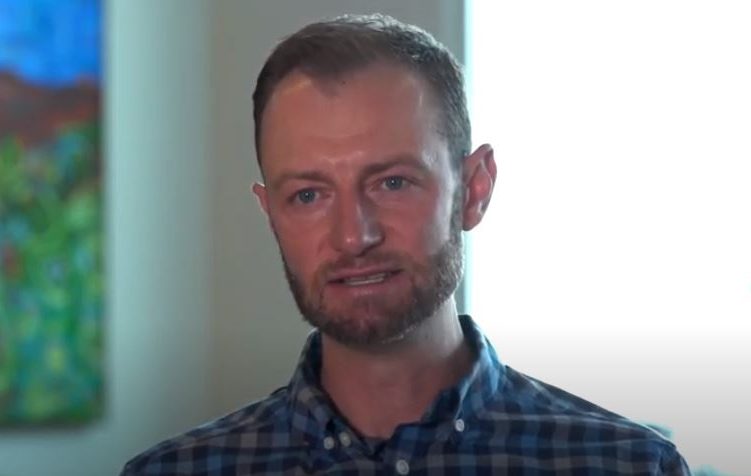
Team also deployed to NYC
Not only were APPs redeployed locally, Hyer says Intermountain Health also redeployed about 200 caregivers to Northwell Health in New York in April. “There was this odd time where work was slow and the willingness to jump in and help was phenomenal. More than 700 people responded to our request for New York redeployment, saying that they were ready to go help. We ended up sending only 200. I spent days responding to emails saying, ‘Thanks so much for being willing to do but we’re full.’ That response internally showed the mindset that everybody had and the feel of the organization at that time.”
[Behind the Scenes at Northwell Health as PAs Respond to COVID-19]
Lessons learned
Reflecting on the training, Harris says, “JITT highlighted the agility and strength of our organizational structure, thanks to Chris. It would have been a disjointed process had we not had our APP leaders reaching out to their APPs and having that direct communication. It highlighted the agility of APPs in general.”
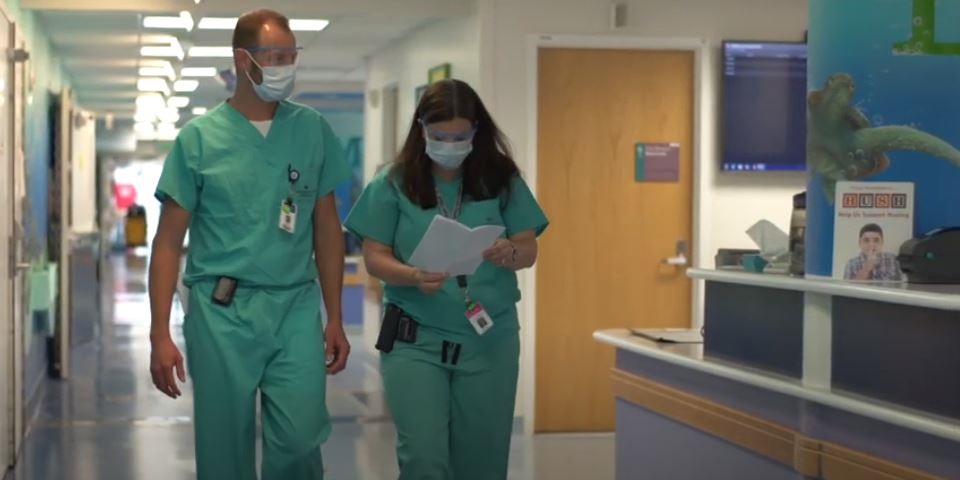
Petersen called it a phenomenal study in agility as well as change management, communication, and relationship development.
“All of us would say that through this experience our communication helped create relationships that will forever pay forward in positive ways. If another pandemic occurs, let’s say a decade from now, we have a warm bench of providers who are already ready to be credentialled and privileged on an emergent basis,” says Petersen.
Hyer adds, “Our redeployment spun into this conversation around being prepared for the next earthquake, next bombing, next mass event, and how we can have people who are credentialed and privileged to move into our hospitals at moment’s notice. A lesson learned is that it takes time to pull somebody from their primary assignment because they’ve got so many patient needs in their area. Or they’re not even credentialed and privileged to provide hospital care and they don’t have the right EMR settings. There are just so many steps that it clearly takes two to six weeks to get somebody teed up just to learn how to provide that sort of care. We hope we can squash that time down to within a few hours so at a moment’s notice we have people with disaster privileges already in place who know their hospital assignment and are ready to go.”
Regarding the redeployment and Intermountain Health’s JIT training, Hyer says, “We talked about building an army of 100 hospitalist APPs to be ready to go. We only got to 54 but I would say that’s a pretty significant accomplishment. We were able to have so many conversations with leadership and our clinic partners to say, ‘We’re going to redeploy these people to train.’ Getting to 54 was a pretty good number.”
Eileen Denne, CAE, APR, is director of Corporate Communications at AAPA. Contact her at [email protected].
You May Also Like
PA Andrea Lowe: Pandemic is a Marathon, Not a Sprint
Crisis Plan for APPs Reduces COVID-19 Exposure and Risk
How a PA in Telehealth is Helping Respond to COVID-19
Rush University PAs Integral to Coronavirus Response
Thank you for reading AAPA’s News Central
You have 2 articles left this month. Create a free account to read more stories, or become a member for more access to exclusive benefits! Already have an account? Log in.
